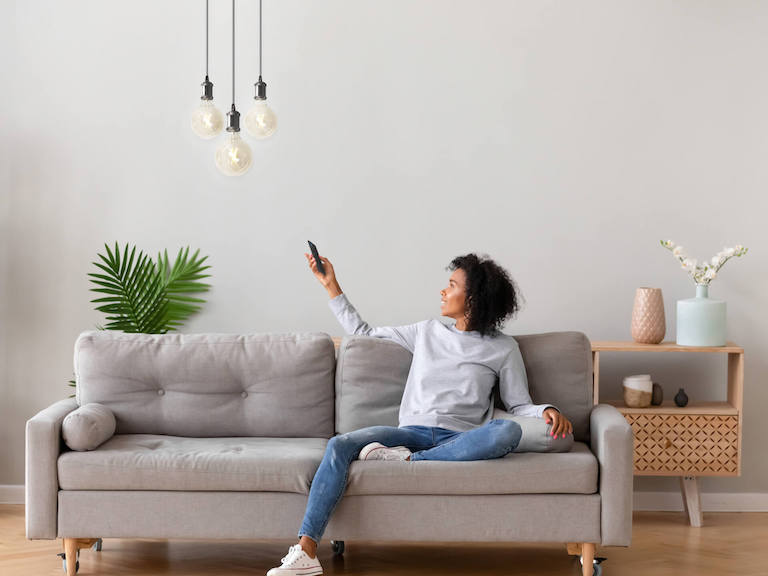Explore spaces
Explore collections
Explore product type

Knowledge Hub
Explore our Knowledge Hub to learn about our products, and benefit from our expertise in lighting excellence.
Subscribe to our newsletter
Get monthly news, tips, and new product updates delivered straight to your inbox.
Email addresses are never sold or given out to anybody. By subscribing, you agree to our Privacy Policy and Terms.